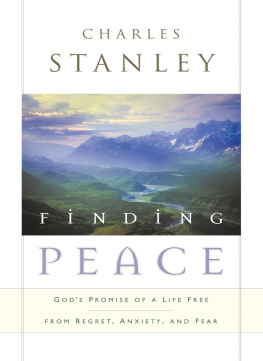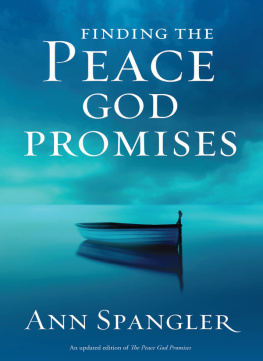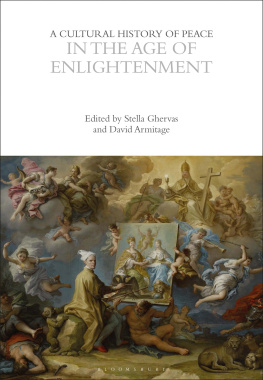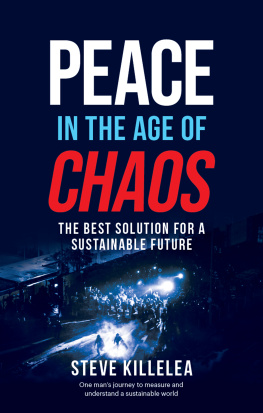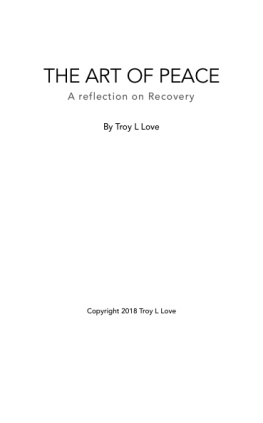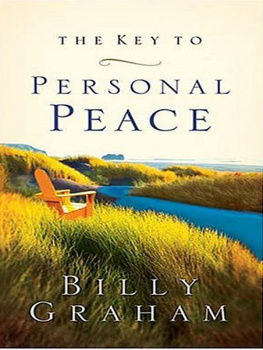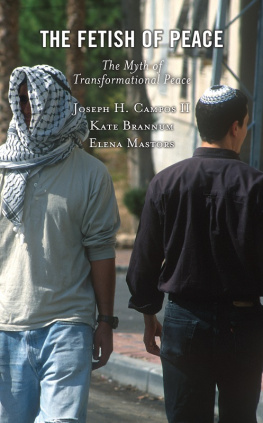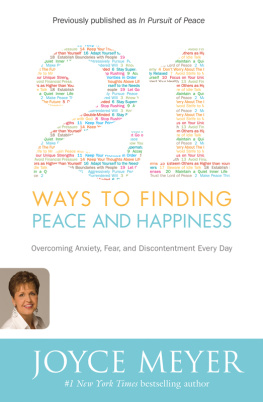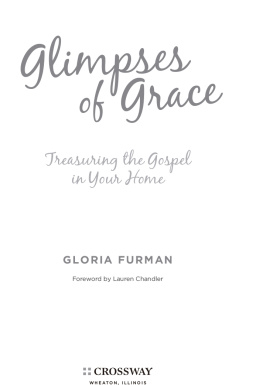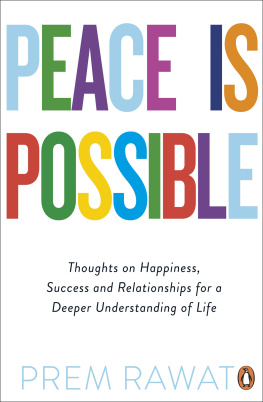PHYSICIANS AND THE PEACE MOVEMENT
First published in 1992 in Great Britain by
Routledge
2 Park Square, Milton Park, Abingdon, Oxon, OX14 4RN
270 Madison Ave, New York NY 10016
Transferred to Digital Printing 2007
Copyright 1992 Routledge
British Library Cataloguing in Publication Data
Lewer, Nick
Physicians and the peace movement: prescriptions for hope.
I. Title
372.172
ISBN 0-7146-3438-7
Library of Congress Cataloging-in-Publication Data
Lewer, Nick.
Physicians and the peace movement: prescriptions for hope / Nick Lewer.
p. cm.
Includes bibliographical references and index
ISBN 0-7146-3438-7
1. Peace movements. 2. Physicians. I. Title.
JX1952.L537 1992
327.17208861dc20 91-16473
CIP
All rights reserved. No part of this publication may be reproduced in any form or by any means, electronic, mechanical, photocopying, recording or otherwise, without the prior permission of Routledge.
Publishers Note
The publisher has gone to great lengths to ensure the quality of this reprint but points out that some imperfections in the original may be apparent
CONTENTS
There are subjects such as peace that our civilisation cannot afford not to study. In the issue of peace what is at stake in our times at certain levels is the intellectual, moral, and physical well being of individuals and groups. What is at stake at a global level is not only such well being but human survival.
This book was written in recognition of the many physicians and other health workers who, since the formation of the first peace societies in 1815, have dedicated their lives in an attempt to make the world a more peaceful and just place to live. My own active participation began when I joined the Medical Association for the Prevention of War (MAPW). The aims of this organisation, formed in 1951, include: to consider the doctors ethical responsibility in relation to war; to study the causes and consequences of war, including the environmental dimension; and to examine the psychological mechanisms by which people are conditioned to view war as a necessity. MAPW continues, as will be seen, a long tradition of involvement by physicians and other health workers in the issues of war and peace, justice, human rights and development the concerns of which are inevitably interconnected.
This study identifies and acknowledges some of the individuals and organisations who have contributed directly to this peace work any particular emphases are purely a personal choice. In compiling this book (from many sources) I was acutely aware of the constraints imposed by space and, in such a broad survey, there are inevitably gaps. The intention is to introduce the field in an attempt to illustrate the main issues and avenues that have motivated individuals and groups to work directly for peace. No attempt is made to delve in any great depth into the history of the peace movement as a whole, and reference is made to the more comprehensive texts available on the subject.
For decades schoolchildren have, on the whole, been taught to respect and emulate traditionally viewed heroic role-models: for example the famous warriors and pugnacious politicians who operated from positions of power and strength. The men and women in this book represent, for me, the real heroes and heroines. Their often lonely stands for peace and justice required, in many instances, the utmost strength and bravery. We should teach our children more about such people.
The book is organised in four parts. starts with a consideration of some aspects of peace terminology its concepts, approaches and periods of activity. A distinction is then made between peace research and peace studies, and finally mention is made of the Red Cross the first truly international humanitarian medical and relief organisation to be formed, which impartially aided the victims of violent conflict.
The remaining three parts have been divided into historical periods: : 194690: the Nuclear Age.
The Conclusion draws the threads together and considers some ways in which the health professions may contribute to peace work in the future.
I would like to thank Dr Peter van den Dungen of the Department of Peace Studies, University of Bradford, for his help and encouragement.
Nick Lewer
Bradford, 1990
____________________________________________________
The concept of peace varies between different people and groups depending on their secular, political or religious standpoints. This will be reflected in the thinking and actions of the physician peace workers, and their organisations, illustrated in the following chapters.
Peace, for many, is more than just the absence of war or other manifestations of strife it is intimately linked with the ideas of justice and freedom. Adam Curie states:
There are conditions of social injustice, economic exploitation and political oppression which, while they are not war itself, are by no means peaceful and often lead to war. This structural violence is built into social structures and deprives its victims of jobs, food, health, education, political liberties and human dignity.
James OConnell says the idea of peace contains two basic elements: willing co-operation among persons for social and personal goals and the absence of violence (in the shape of direct physical, psychological or moral violence). OConnells understanding of peace comes from St Augustines definition the tranquillity of order and he writes of peace:
Positively, peace requires co-operation among persons and groups for aims that include security, justice and freedom; and, negatively, it seeks to eliminate force and violence. Each aim is important: security guarantees survival; justice provides the links of co-operation as well as the minimal equality without which peace remains fragile; and freedom, finally, gives worth to people who without freedom remain diminished. Yet if peace is a basic human aim, peace is a process within which it is accomplished.
a. A sense of juridicial order associated with the Latin word pax. Pax was the Roman Goddess of Peace, and the Roman concept of peace was linked with the concepts of law, order and mutual duty.
b. A sense of ethical social relationships conveyed by the Greek word eirene (after the Greek Goddess of Peace).
c. A sense of well-being that flows from spiritual wholeness, conveyed by the Hebrew, shalom.
Two other components are added by G.K. Wilson:
For Michael Banks the term peace consists of four components:
Peace as harmony: a Utopian idea from which conflict has been banished.
Peace as order: with stability, life is seen to be made predictable and relatively safe by a minimum of political order.
Peace as justice: issues to consider include poverty (social injustice), ethnic oppression, political weakness (latent and manifest), human rights, punishment (for current and past offences).
Peace as conflict management: peace is not a state of general tranquillity, but rather a network of relationships full of energy and conflict, which are kept under societal control.
Peace processes do not aim at eliminating all conflict, just the destructive and violent elements of it. Conflict is both inevitable and necessary because people have basic human needs expressed in society through competing values and clashing interests. What is needed are methods of conflict management and conflict resolution that utilise non-violent means. For this to happen effectively on an international scale, nation states must eventually accept the requirement of renouncing the right to wage war in settling grievances, and promote, actively, alternative dispute resolution mechanisms.


